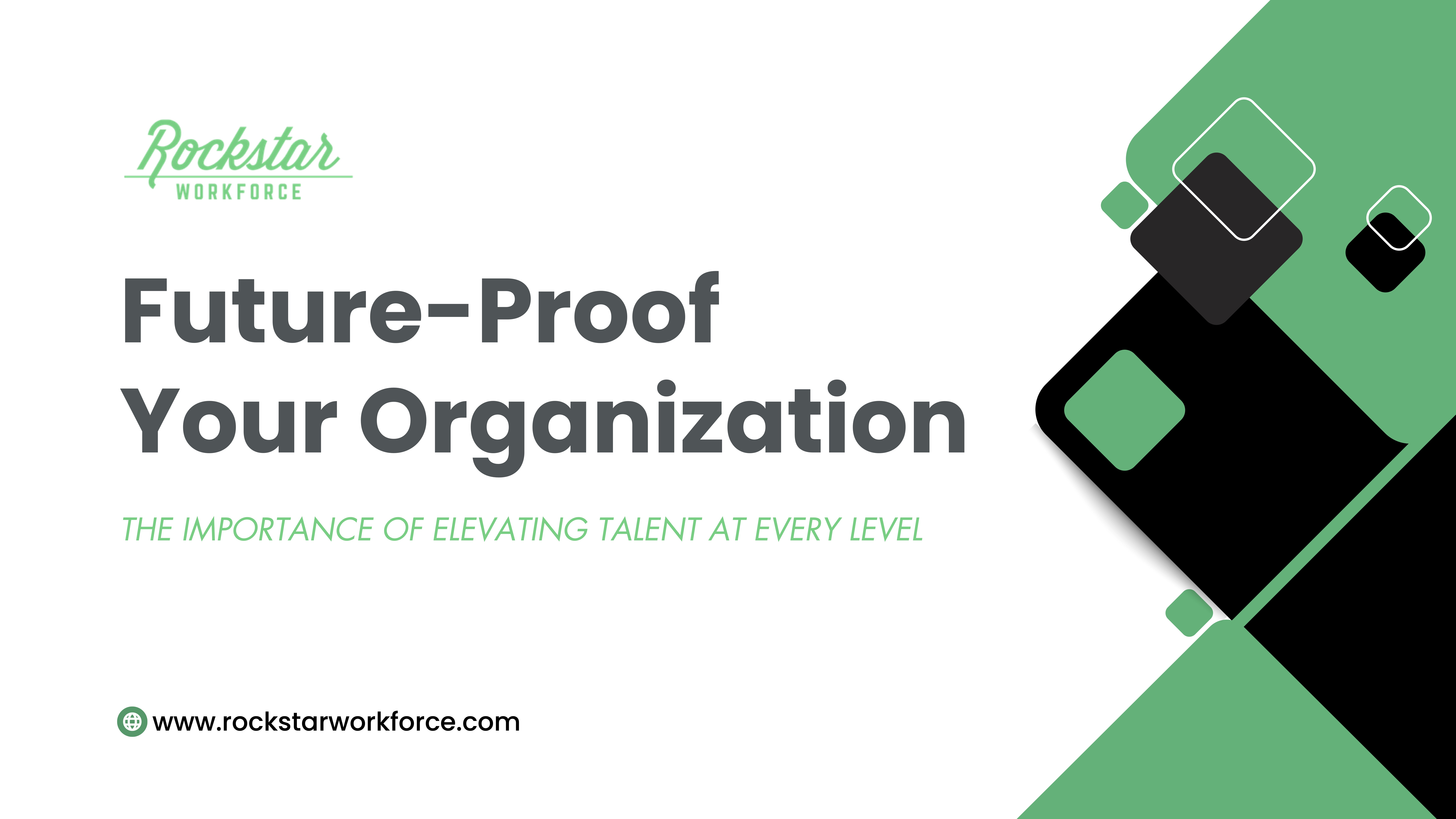Intrinsic motivation is a big indicator of career success.
Studies show that those who find purpose and meaning in their work are more likely to succeed. But even those with a strong drive to achieve can hit a wall when the initial excitement of new initiatives gets lost in the monotony of day to day tasks. If you find yourself in this space, there are some steps you can take to re-engage with your work and recapture that sense of excitement to roll up your sleeves in the morning.
More than likely, your newfound disconnect is a direct result of getting bogged down in particular projects and losing sight of what truly motivates you to perform. Everyone is motivated by different things and finding what truly energizes you may help you re-focus your effort and push through draining tasks with the knowledge that there is light at the end of the tunnel. Gaining personal awareness of your true motivators can also empower you to share these insights with your supervisor and your team so that you can be matched with new initiatives that play off of your true passions.
The Science Behind Personal Motivation
Personal motivation is something that can’t easily be observed by others, so how do you go about figuring out what energizes you? Lucky for you, we’re certified partners with TTI Success Insights, a global leader in personalized assessments and they’ve created a tool that hones in on what uniquely motivates, or drives each individual. The tool is called the Driving Forces assessment and it covers six main categories, each with a continuum with two different extremes. Figuring out which side of the continuum you fall within each category may help you to get some clarity on what is numbing your soul and what you can do to change that pattern in your current scope of work. For some categories, you will probably find you straddle both and are able to tilt to one side or the other depending on what is needed. But more than likely, there are few categories in which one end of the continuum is an extreme motivator for you, or, so unattractive that it actually turns you off completely to the task. Being aware of those extremes, both positive and negative, can help you to advocate for opportunities that work well with your natural drivers and be open with avoiding initiatives in which your designated role could be detrimental to the team.
Understanding The Six Categories Of Your Driving Forces
The first category is Knowledge and represents the way you prefer to consume information. Are you driven to learn for the sake of learning? Do you feel the need to consume every detail you can about a subject before you feel armed with what you need to execute a new project? Or do you see learning as a means to an end? Are you skilled at getting just enough information to achieve a goal and then move on? Both types of motivators can be valuable. But if one or the other style of information gathering is a strong motivator for you, a task that requires the opposite approach on a long-term project could really impact your performance over time. Knowing which way makes you tick can be invaluable to making sure you are assigned the right tasks.
The second category is Utility and represents the way you prefer to approach accomplishing tasks. On one end of the continuum, you have those who are motivated by completing tasks to the highest degree of completion. These individuals value crossing every ‘t’ and dotting every ‘i’ no matter the time or budget needed to achieve a thorough result. On the other hand, you have those who are very driven by a high return on investment. These individuals will be very sensitive to the balance of cost, people, time and other resources allocated to finish a project to a suitable level of completion. If you fall in the first category, managing a project budget may not be the ideal role for you in a new team goal. But if you fall somewhere closer to the middle of the continuum, being aware of which side of the continuum tends to energize you can help you balance your tendencies to execute the role well as long as is needed.
The third category of motivation is Surroundings. On one extreme, you have those who value practicality in their environment. They may be perfectly at home in stacks of paper and an unattractive work environment as long as everything they need is at their fingertips and easy for them to find. Those on the other extreme are highly sensitive to the lighting, aesthetic appearance, and sights and sounds. They value harmony and thrive in peaceful surroundings. If your physical surroundings are very important to you, you may be the perfect team member to help redesign the department lobby while your colleague on the other end of the spectrum will not be highly energized by this project.
The fourth category is Others. This category addresses how you are motivated to lend a helping hand. For some, helping others for the sake of being helpful is a very big driver. For others, helping others is a drain unless it will help them or the team achieve a specific purpose. If you fall in the first category, you may enjoy stepping up to help onboard a new colleague to the department. If you fall in the latter category, you may be better suited to training them later down the road on something focused and technical for a specific project goal.
The fifth motivator is Power and represents how you are driven to engage within a group. Does the opportunity to steer the direction of the team charge your batteries, or do you experience fulfillment in taking a supportive role and ensuring the success of the team behind the scenes. Knowing which side you fall on this spectrum will better help you identify opportunities to fulfill your sense of purpose and keep your engine at full steam.
The final category of motivators is Methodologies. On one end of the spectrum, you have those who are highly motivated by opportunities to think outside of the box and generally thrive in an environment where change and spontaneity are the norm. Alternatively, you have those who are motivated by a set of principles or rules by which to organize their work and decisions. These individuals may be driven by writing the standard operating procedures for streamlining processes or setting up systems to ensure the department is in compliance with important rules and regulations.
Taking Action With Your Driving Forces
As you read through the six categories, were you able to pinpoint where you likely fall within each? Gaining this awareness, did it help you identify which tasks or aspects of your current work are depleting your energy? If so, the next step is to figure out a way to get through what is dimming your light and use your new insights to advocate for yourself going forward. Share what drives you with your supervisor and start opening doors to ensure your next project or team role will allow you to find meaning in the day-to-day work it entails!
Become a more self-aware leader by developing your EQ:




